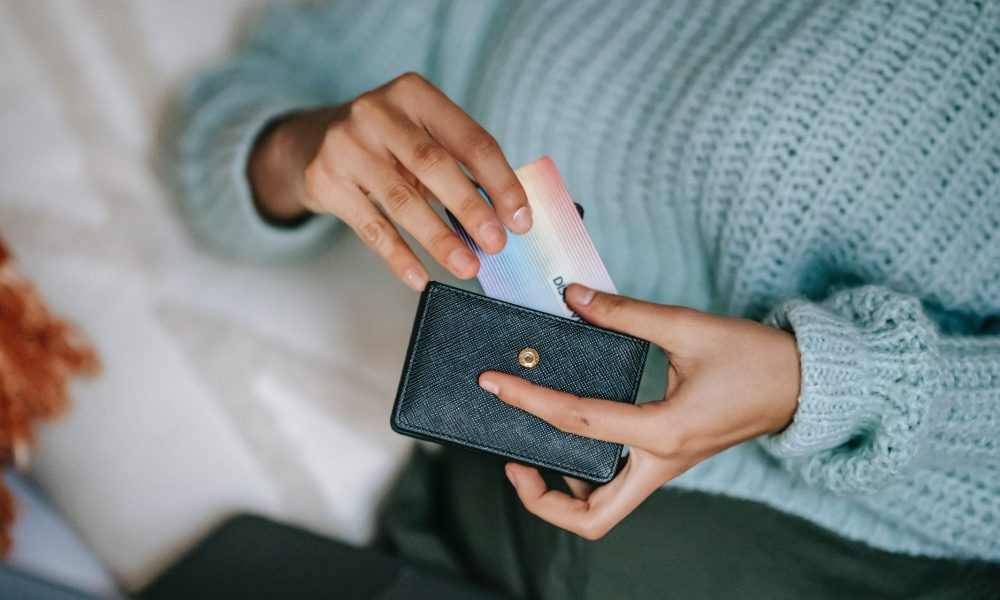What is the Bank Identification Number (BIN)?
From its composition, operation, and allocation method, discover everything you need to know about the Bank Identification Number (BIN).
What does the BIN code correspond to?
Each bank card contains a series of 12 to 19 digits, called the PAN (Primary Account Number), which correspond to the paying customer’s account number. Among these numbers is the card issuer identification number (INN or BIN), which identifies the card-issuing bank. These are the first 4 to 6 digits of the PAN.
The allocation of BINs is carried out by BIN sponsors, companies approved by banking supervisory authorities and members of the Visa and Mastercard networks (card schemes), which are able to receive and allocate card numbers, before allocating them to banking establishments.
As a result, a BIN can only belong to a single card issuer. However, it can have several BINs, each corresponding to a category of card activity (individuals, corporate, debit, credit, etc.).

How does BIN work?
When making an online card payment or when the physical card is swiped through an EFT, the BIN is analyzed in order to route and authorize the transaction. This process uses an algorithm to summarize the card’s digits, before authorizing payment.
The Bank Identification Number (BIN) is therefore used in the context of online card payments by payment service providers (PSPs), such as CentralPay, to enable transaction authorization and combat fraud. This number can also be useful for merchants in managing customer loyalty programs or reporting, for example.
Why introduce the 8-digit BIN?
Today, the meteoric rise in the number of banks and payment institutions has led to a shortage of available Bank Identification Numbers (BINs). This is why the International Organization for Standardization (ISO) has allowed the BIN format to be extended from 6 to 8 digits: the ISO/IEC 7812-1 standard.
The world’s leading card issuers Visa and Mastercard will introduce the 8-digit BIN from April1, 2022.
What will the 8-digit BIN change for you?
This format change will impact merchants who have access to their customers’ card numbers and those who apply specific collection rules based on BINs. These processes affect transaction routing, card issuer identification required for calculating Card Scheme Fees, reporting, etc. However, if you do not use any rules or processes based on BIN or card number, the BIN change will have no impact on you.
If you are a merchant and accept payment by bank card online and/or in person, it may be advisable to check your acceptance rules with the new 8-digit BIN system. Compliance must be effective by the deadline (April 2022). Otherwise, you could experience an unexpected increase in declined card transactions, resulting in a decrease in your revenue.
What do you need to do?
As a CentralPay customer, you don’t need to do a thing. CentralPay has updated its solutions to identify and authorize 8-digit BINs, since early 2022. This change has no impact on you.
If you are using another PSP or integrated software solutions, please contact your payment service provider or EFT provider. It will tell you if any steps need to be taken to accept 8-digit BINs.
Additional information
- Even if the BIN is changed to 8 digits, the PAN will not be lengthened and will therefore retain its 16 digits.
- The 8-digit BIN will not affect the PCI DSS.
- Visa and Mastercard will redistribute BINs among card issuers. Some will have the same 6-digit BIN, but increased by 2 to 8 digits. For others, the BIN will be slightly modified or completely renewed.
- The changes outlined in this article concern only the Visa and Mastercard networks for the time being. The other major card brands (American Express, UnionPay, Diners Club/Discover…) have not yet announced their timetable for the introduction of the 8-digit BIN, although this should not be long in coming.
To learn more about the VISA changes, click here.
To learn more about the changes on the Mastercard side, click here.




